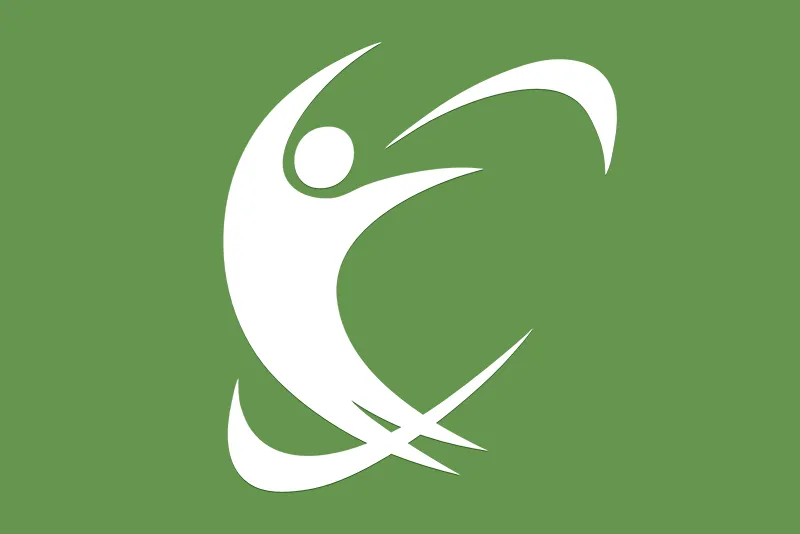Few activities involve such load requirements across wrists as gymnastics. This predisposes young gymnasts to a unique overuse syndrome called Gymnast’s Wrist (Distal Radial Physeal Stress Syndrome or Distal Radial Epiphysitis). The structure of a growing long bone includes a shaft, which widens towards the end of the bone in an area called the metaphysis, and the end of the bone, called the epiphysis. The physis, or growth plate, is an area of specialized cartilage that is between the metaphysis and epiphysis. This is the area that creates new bone allowing growth and lengthening of the bone. The growth plate’s softer structure is an area of weakness and is prone to overuse and injury. Epiphysitis is a term used for inflammation and overuse injuries involving the ends of long bones. When a bone is finished growing the growth plate cartilage turns to bone, which is why these conditions are exclusive to the growing child.
Gymnast’s Wrist is an overuse syndrome affecting the radius. The radius and the ulna are the two long bones which make up the forearm. The end of the radius (or distal radius) is on the thumb-side as it connects to the hand within in the wrist joint. Typically, it is transmitting the majority of the load-bearing force across the wrist making it vulnerable to strain. It is especially at risk in circumstances where the load bearing is far more than normal such as in gymnastics. High impact activities such as tumbling or vaulting transmit a large compressive force across the growth plates which may lead to inflammation and microtrauma. In some severe circumstances, the microtrauma can lead to early closure of the distal radius growth plate. If the growth plate closes too early it can stop the radius from growing. If the radius stops growing and the ulna continues to grow in the wrist it can alter the way force is transmitted across the wrist which can lead to wrist pain in the future.
This condition is thought to occur in 25-40% of young gymnasts. It usually occurs during periods of increased intensity of training. Typical symptoms of this condition are intermittent, ongoing wrist pain involving the thumb side of the wrist. It is usually aggravated by weight-bearing and wrist impact activities. The gymnast may notice swelling around the wrist and pain with squeezing around the wrist. The wrist may lose some motion. The pain initially may only occur only during gymnastics practice but may worsen, occurring during regular activities, and, eventually, at rest.
Initial evaluation of this condition includes a physical examination for tenderness, swelling, and loss of motion. X-rays are typically performed to look for irregularities at the growth plate such as widening, or signs of premature growth plate closure seen as a bony bridge crossing the physis. In some advanced cases, the radius may show signs of halted growth and a relatively long ulna. In chronic cases not responding to treatment, an MRI may be helpful to see inflammation around the growth plate, early signs of growth plate closure seen as a bony bridge crossing the growth plate.
Initial treatment is focused on rest until pain resolves which usually is between 3-6 months. Immobilization with splints, ice, and anti-inflammatory medications such as ibuprofen can be helpful to reduce pain and inflammation. Long term damage is typically the result of ignoring or pushing through pain and continuing with impact activities. Resuming these activities should happen slowly and gradually monitoring for signs of recurrent injury such as pain and swelling. If early physeal closure is found, surgery may be indicated to remove bone bridging the growth plate or realign the wrist is advanced cases.
Prevention is key to preventing long term problems. Keeping the wrist strong can help the wrist absorb some of the impact force. Splinting and taping can help support the wrist in similar ways. Nothing is as important as paying attention to developing symptoms and giving the body the rest and recovery it needs to stay healthy and prevent ongoing injury.
